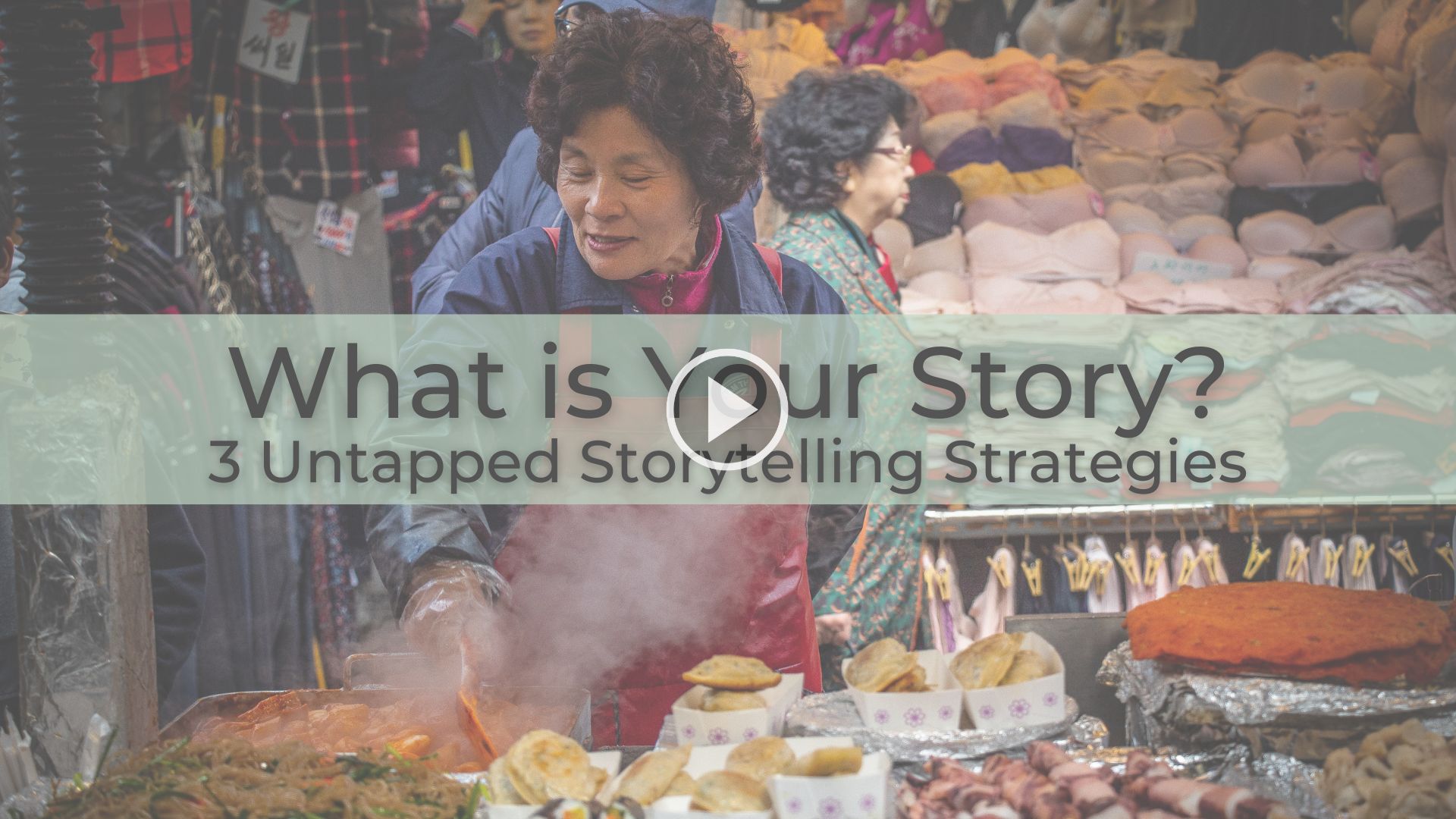When we talk about storytelling in the tourism space, the assumption is that we’re talking about words: What to communicate with travelers before and during their trips. How our personal perspective and word choice impact meaning. The power of language to emphasize uniqueness. Whether what we intend to communicate is actually what is being understood by those receiving our messages — and how those messages are being received by certain audiences.
We could even note it’s not all about what we say but how we actively listen to others’ words.
Yet, if we only stick with what can be conveyed with words, we miss out on a rich tapestry of ways to communicate. Perhaps it’s the connotation of storytelling that draws us back to words. In fact, the basic definition of the word “storytelling” is the writing and telling of stories.
But, what would happen if we cracked the word open and approached this as story sharing instead? Suddenly, a myriad of opportunities arise — not only with how we communicate but what we’re able to communicate as well. Tapping into the benefits of certain media or methods can enhance the impact of story sharing, especially when combining the best aspects of several of them.
For example: Photos can help travelers visualize the difference in a place between two time periods. A video or animation can synthesize complex narratives by introducing several perspectives, weaving together different aspects of a story, and helping travelers “move” through a space in a certain way. Graphics often make it easier to understand complex data; I am a particular fan of Jill Pelto’s climate-related art in this regard.
Double down on storytelling that empowers local people, supports social initiatives, and helps travelers become agents of change.

And then there are those aspects of story sharing we normally consider “art,” including visual arts. Play acting and body language incorporate the full body. And, of course, there is music, which many people consider a “universal language” in that it “speaks” to us, often without transmitting a single word.
Those working in tourism can and should be integrating more forms of story sharing into their work: The most obvious places for doing this are probably on tours and during hands-on activities. This is particularly relevant for service providers and destinations integrating information about complex and often abstract issues like the climate crisis into their stories.
However, there is also a great opportunity to use more diverse media for pre-travel story sharing: For example, video content can provide important cultural context about a place as well as logistical information such as how to use public transportation. Suggesting local music introduces the “vibe” of different neighborhoods, and consider offering the names of some visual artists who incorporate a sense of place in their work as well.
It’s probably obvious that certain conditions or platforms naturally lend themselves to certain types of storytelling media. And different types of stories are better suited to — or require — other media. After all, the depth of a song can only fully be appreciated when it’s sung versus simply reading lyrics.
But there are other reasons to more actively incorporate more and different types of story sharing into your travel-related work. Use yourself as an example: Just as you are likely drawn to certain genres or types of stories, you probably also prefer different types of storytelling. You likely find certain media more compelling than others. You likely also learn differently when engaging in information shared in different ways.
Just as each individual has preferences when it comes to being on the receiving end of a story, so do storytellers. When storytellers are encouraged to communicate more freely, they have more space to use the media and method that best suits their strengths and needs.
We often fall into familiar patterns when it comes to storytelling. We use media that is comfortable and obvious because it comes easily.
But if you’re open to rethinking what storytelling means and “looks like” — and how you can incorporate it into travel experiences in new and different ways — you may find a rich narrative hidden beneath and beyond words.



